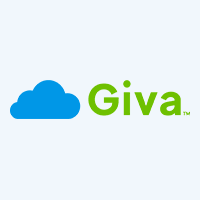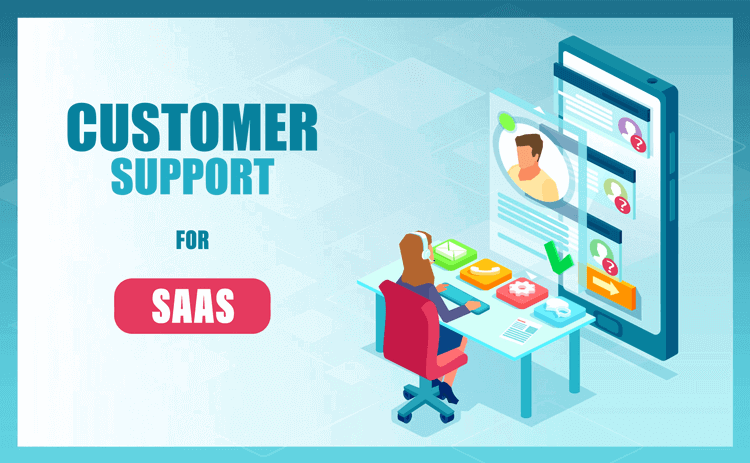Reactive vs. Proactive vs. Predictive: 3 Stages of Help Desks
IT Service Management (ITSM) help desks can implement and deliver services in one of three ways: reactive, proactive, or predictive.
In many respects, these three levels represent different stages of the ITSM maturity model. Measuring ITSM maturity is a way of assessing "how good your organization or system is at self-improvement." If you're still delivering reactive IT services, then that suggests a lower level of maturity, which results in higher staff turnover, higher costs, and lower key performance indicators (KPIs), customer satisfaction, and service level agreement (SLA) scores.

On the other hand, when an IT team starts to shift into a more proactive and predictive approach, costs reduce, as does staff turnover, and KPIs and other metrics are easier to achieve.
The Cost of Delivering ITSM
Over the last few decades, the cost of delivering help desk IT services, also known as ITSM, has changed. In 1992, the Help Desk Institute cost of internal IT support was $20 per ticket/call. Back then, $6 billion was being spent on IT help desk solutions and service delivery.
Much more recent research is estimating the cost of two full-time (in-house) IT staff at around $155,000 per year. However, as many businesses outsource this function, the average cost for outsourced ITSM is estimated at around $85 to $150 per user per month.
The true cost of your ITSM depends on a number of factors. One of the most crucial is whether the service is reactive, proactive, or predictive.
In this article, we take a closer look at all three options and whether there is a way to combine them to provide a more effective and cost-efficient IT help desk service.
What is Reactive Customer Service?
Reactive customer service is when an IT team is simply reacting to incoming tickets and calls. In many ways, this is like being a plumber, gas engineer, or fire service. You've got a team. They're waiting for support tickets to come in, fixing the problem, and then moving on to the next one.
With a reactive approach to customer service, self-help and other tools that customers need are limited to non-existent. Reactive IT services are usually on the ad-hoc level of the ITSM and IT Information Library (ITIL) maturity model.
Teams that practice a reactive approach don't usually invest much in data analytics and tracking either. There are no processes and systems for recording customer support tickets, so the internal knowledge base is limited, as well. Reactive teams usually experience higher staff turnover, higher costs, and lower KPIs, customer satisfaction, and SLA scores.
Smaller or younger IT service providers and IT teams are normally more reactive as they have not had the time to develop proactive systems.
What is Proactive Customer Service?
Proactive IT customer service and help desks take a different, more cost and time-effective approach. They provide answers to customers' questions without them ever needing to contact support, or preemptively maintaining or fixing IT environments before troubles arise.
There are 8 ways an ITSM team can deliver a proactive service:
- Create an internal knowledge base so that answers to problems are easier to find for front-line help desk agents
- Use IT help desk software and tools to manage support tickets more effectively and monitor a wide range of KPIs
- Create and launch a self-service portal with an FAQ and knowledge base
- Make sure staff and teams across your organization know exactly where to find it so that's the first place they look if they encounter an IT problem
- Set up a status page, IT issues, or other internal IT-related communications channel so there's a real-time way for staff to monitor anything that's going on (such as unexpected downtime)
- Perform routine, data-driven root cause analysis, internal customer surveys, and track ticket reporting trends
- Integrate IT service management with IT change management
- Maintain proactive internal communications across the organization, such as regular emails alerting staff to potential problems or maintenance
A proactive approach improves the customer experience, increases KPI and SLA attainment, and reduces costs, the number of tickets coming in, and IT staff turnover.
What is Predictive Customer Service?
Predictive customer service takes this one step further for ITSM teams.
Proactive is a big improvement over reactive. However, predictive is when ITSM teams use data-driven analytics and service improvements, including change management, to predict and prevent IT issues and problems before they happen.
For example, let's say you've been implementing a change management project, such as having a new customer relationship management (CRM) software suite integrated with existing tools and systems.
Project managers, IT leaders, and other stakeholders have signed off on the new software and it's ready to go live. If you were taking a reactive approach, you'd simply let managers of the relevant teams know it went live (e.g., customer service and sales).
The new CRM software goes live. Something breaks or doesn't work as it should. Bugs almost always happen, even after the most thorough quality control, testing, and assurance process. What happens next? IT is overwhelmed with sales and CS staff complaining about the same issue and sending in bug reports and help desk tickets.
Now, IT teams that have taken a proactive approach are going to be more prepared for inevitable problems. It makes strategic sense to work with the team that has developed the software to create self-help FAQ documentation. So that, once it's ready to launch, there are resources staff can refer to if or when anything goes wrong.
Going one step further. A predictive IT team will spend more time road-testing any new software. That extra time will be built into the product pre-launch stages so that any potential issues can be fixed before the new software goes live.
Alongside a little extra time/work, a predictive ITSM function will put together self-help, FAQ, and troubleshooting materials. Promoting them via email and other channels will ensure that teams are already aware of the steps they need to take if anything goes wrong when they're using new software (SaaS), tools, and other systems.
We see this approach is taken in other sectors too, such as aviation: "Predictive risk management is largely possible due to the use of lagging indicators, or past historical performance, which is used to predict possible future performances. This is the exact opposite of proactive risk management, which uses aviation-leading indicators to assess underlying causes and precursors to current performance directly."
How 3 Stages of Help Desks Work Together
-
Reactive Help Desk
Every IT help desk has a reactive element. That's unavoidable. Even with the best self-help service in the world, some customers will still fire off a support ticket email or even call when they have a problem. Or if something is time critical, such as presentation software not loading during a crucial sales call, IT is usually needed to resolve an issue quickly.
However, provided you have invested time and money in building knowledge bases, self-help, and other tools, then IT service delivery is more effective for customers and IT teams.
-
Proactive Help Desk
A proactive strategy saves time and money. It reduces the number of support tickets coming in. For simple issues, customers can solve their own problems. When you combine this with data analytics and service desk software, you'll save time and money, and IT staff will be less stressed and overworked.
-
Predictive Help Desk
Taking this to the next level is to become predictive. You don't need high-end software to achieve this. Most IT teams can take a predictive approach simply with the right systems, strategies, and leadership. Documenting everything is an effective way to iterate up to predictive ITSM service delivery.
Reviewing when and how problems could occur before they happen is the next step. And then taking action to prevent anything that could cause downtime or systems breaking, or find ways to mitigate risks and disruption is the way to take the strain off ITSM teams.
With the right leadership and tools, any IT department and vendor can evolve from being reactive to proactive and even predictive.
For an in-depth study of proven techniques to improve help desk resolution times and deliver more proactive support, read Giva's Whitepaper Service Desk Optimization: 40 to 80 in No Time Flat.
Want to evolve your IT help desk from reactive to proactive and even predictive? Use Giva's Help Desk SaaS Software. Since 1999, Giva has delivered a top-notch cloud-based help desk solution.
See for yourself why our customers rate Giva's cloud solutions 4.9 out of 5 stars. Sign-up for a 30-day free trial, or talk to us for a no-pressure customer service software demo.





